In the territory of Thua Thien Hue, 120 mines and mineral sites with 25 types of minerals and underground water resources have been discovered, distributed evenly throughout, of which non-metallic minerals and construction materials account for a significant proportion and have economic value.
The main group of fuel minerals is peat, distributed from Phong Dien in the North to Phu Loc in the South, with mines with large reserves, good quality and favorable mining conditions concentrated in Phong Chuong commune, Phong Dien district. The reserves of peat mines in the Phong Chuong area are estimated to be up to 5 million cubic meters. The quality of Thua Thien Hue peat is good, with some mines having a humus content of over 50% and a humic acid content of 30-40%. Currently, peat here is being exploited to process organic microbial fertilizers.
The group of metallic minerals includes iron, titanium, lead, zinc, gold, tin, etc. with generally not large reserves, except for titanium sand. The group of non-metallic minerals and the group of construction materials are the most promising groups of Thua Thien Hue, including pyrite, phosphorite, kaolin, clay, granite, gabbro, limestone, gravel and construction sand. Especially due to the geological structure, such as the limestone ore body running from North to South, ending in Thua Thien Hue, creating a competitive advantage for the cement industry, of which limestone is the main raw material. Most of these non-metallic minerals are being exploited, the mining industry and construction materials production are becoming important industries of the province.
Groundwater resources are quite abundant, including fresh water and hot mineral water, distributed relatively evenly throughout the province. The areas stretching from Phong Chuong and Phong Hien communes, Phong Dien district to Quang Loi commune, Quang Dien district, from Phong Son commune, Phong Dien district to Tu Ha town, Huong Tra district, Phu Bai town area, Huong Thuy district (now Huong Thuy town) are the most promising underground water reservoirs for exploitation and use in Thua Thien Hue. The total underground water reserves in the studied areas at level C 1 reached nearly 9,200 m 3 /day. This amount of water, together with the dense system of water bodies with abundant total surface water, has ensured that Thua Thien Hue avoids severe and prolonged droughts.
Seven hot mineral water sources that can be used for drinking and medical treatment, distributed from mountainous areas, hills to coastal plains, have been discovered in Thua Thien Hue. The most notable of these are Thanh Tan, My An and A Roang. Thanh Tan hot mineral water source is located in Phong Son commune, Phong Dien district, discovered by the French in 1928, is a type of silica mineral water, the highest temperature at the point of emergence is 69°C, the natural flow at the largest source of emergence is 165m3 /day. Thanh Tan hot mineral water has been processed, bottled into soft drinks with many different brands and consumed in markets across the country. Thanh Tan brand has been recognized as a prestigious brand in Vietnam. The area of Thanh Tan hot mineral water source emergence points is located right at the foot of Truong Son mountain range, being exploited as an eco-tourism area combined with resort, health recovery, which is attractive not only to Thua Thien Hue people. My An hot mineral water source in Phu Duong commune, Phu Vang district was first discovered in 1979, with the main chemical composition of Sodium Bicarbonate Chloride, a flow rate of 1,590m3 /day and a temperature at the point of origin of 54°C. With the advantage of being close to Hue city, My An hot mineral water point has been exploited and used as a tourist service area for bathing and medical treatment. The hot mineral water source in A Roang commune, A Luoi district, called Ta Lai or Aka, was discovered in 1980, but very recently, after the Ho Chi Minh road was completed, passing right next to the point of origin, the exploitation and use of this mineral water source for tourism has been raised. A Roang mineral water has a low mineralization level, the main chemical composition is Sodium Bicarbonate, and has a moderate temperature (50°C).
According to Thua Thien Hue Gazetteer - Natural Section
(Social Sciences Publishing House - 2005)




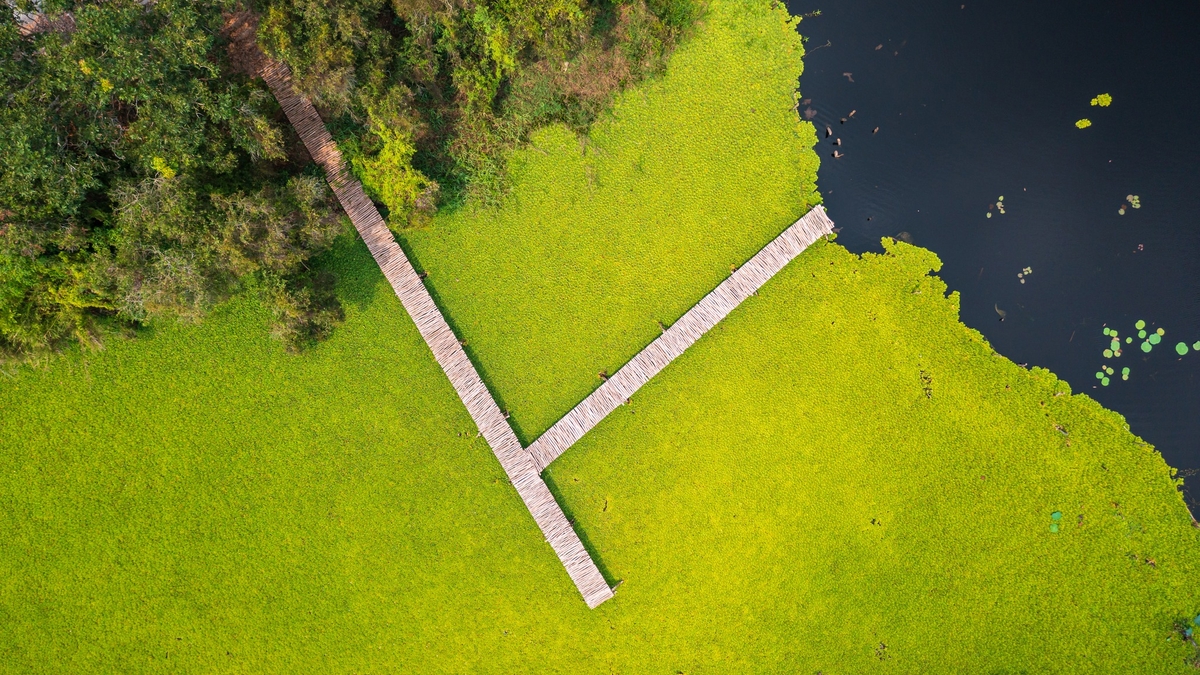
![[Photo] Thousands of Buddhists wait to worship Buddha's relics in Binh Chanh district](https://vphoto.vietnam.vn/thumb/1200x675/vietnam/resource/IMAGE/2025/5/3/e25a3fc76a6b41a5ac5ddb93627f4a7a)
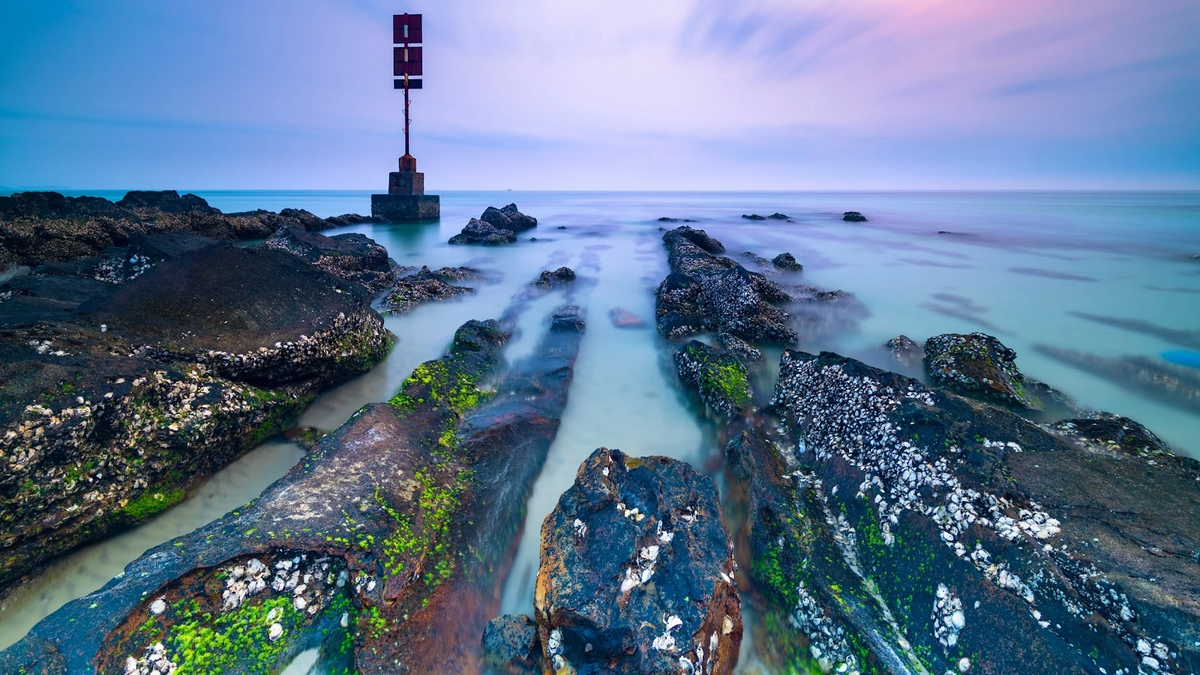
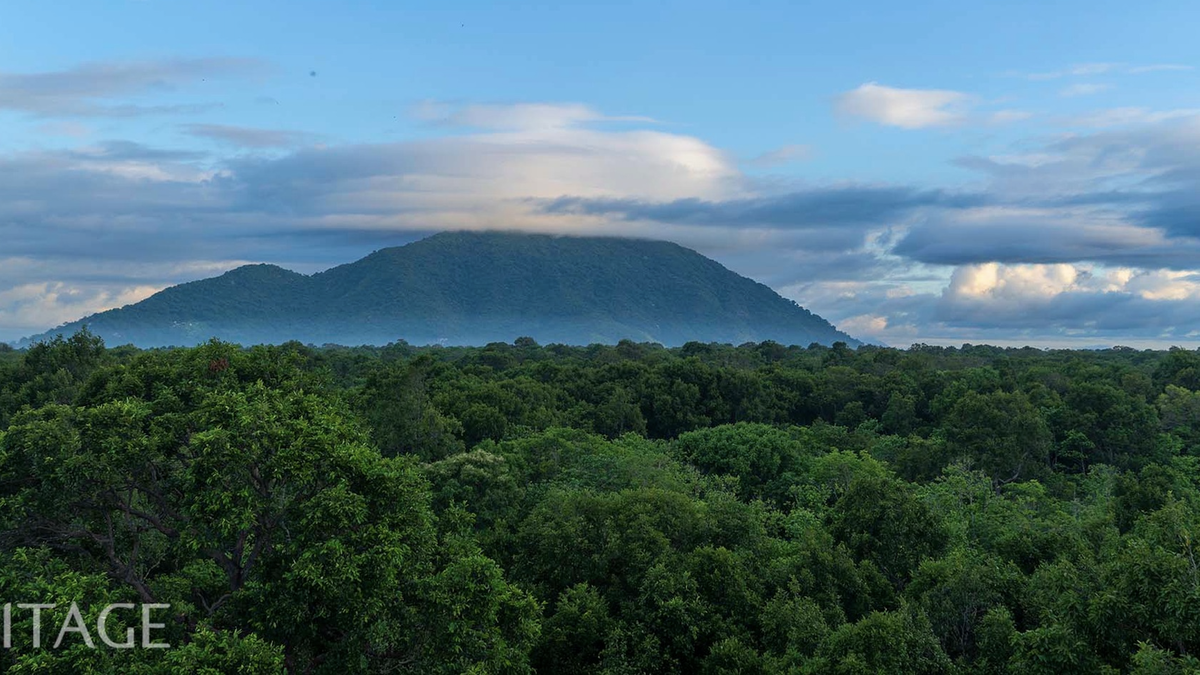

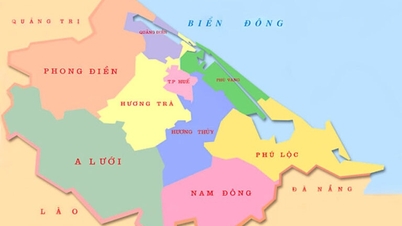




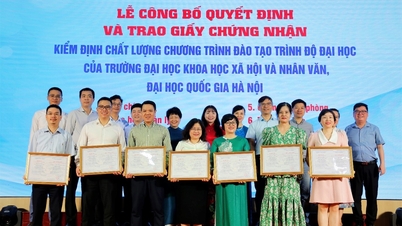
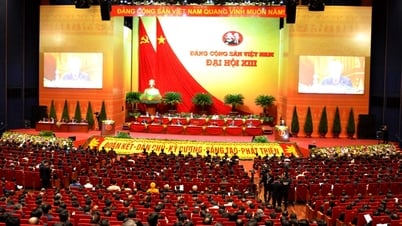

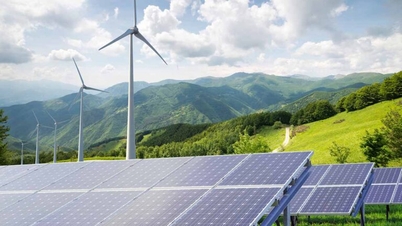









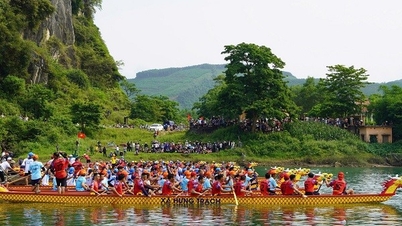



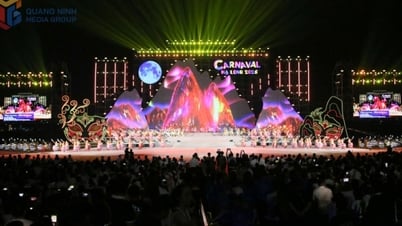





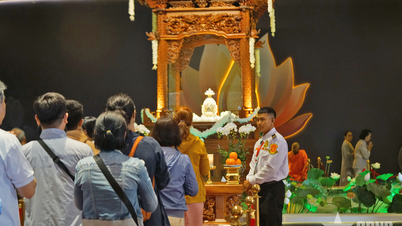

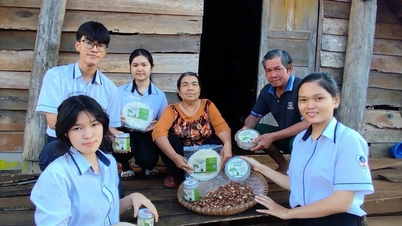


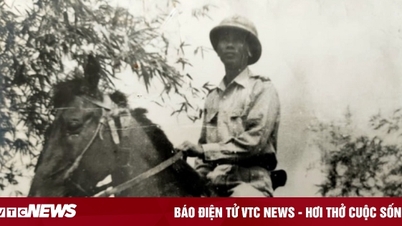









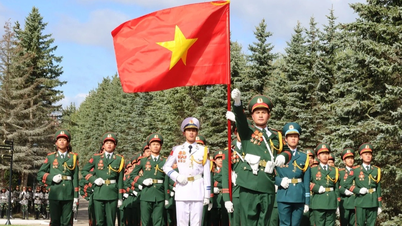

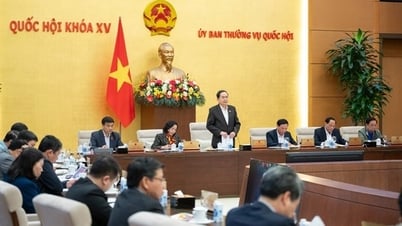


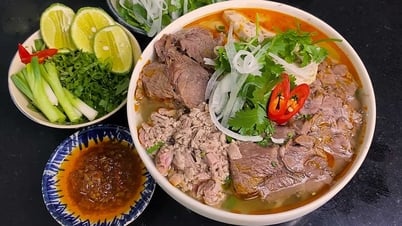
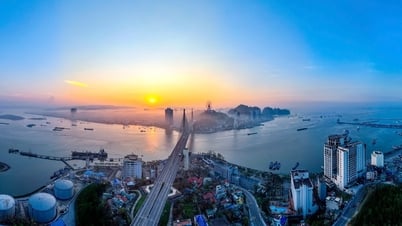

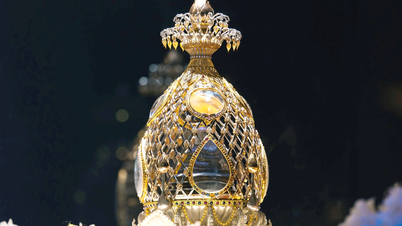









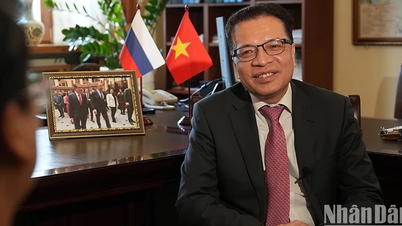










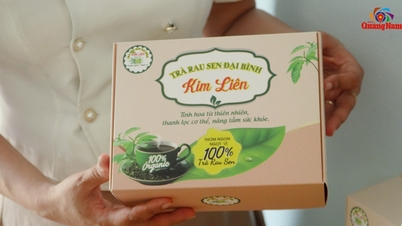






Comment (0)